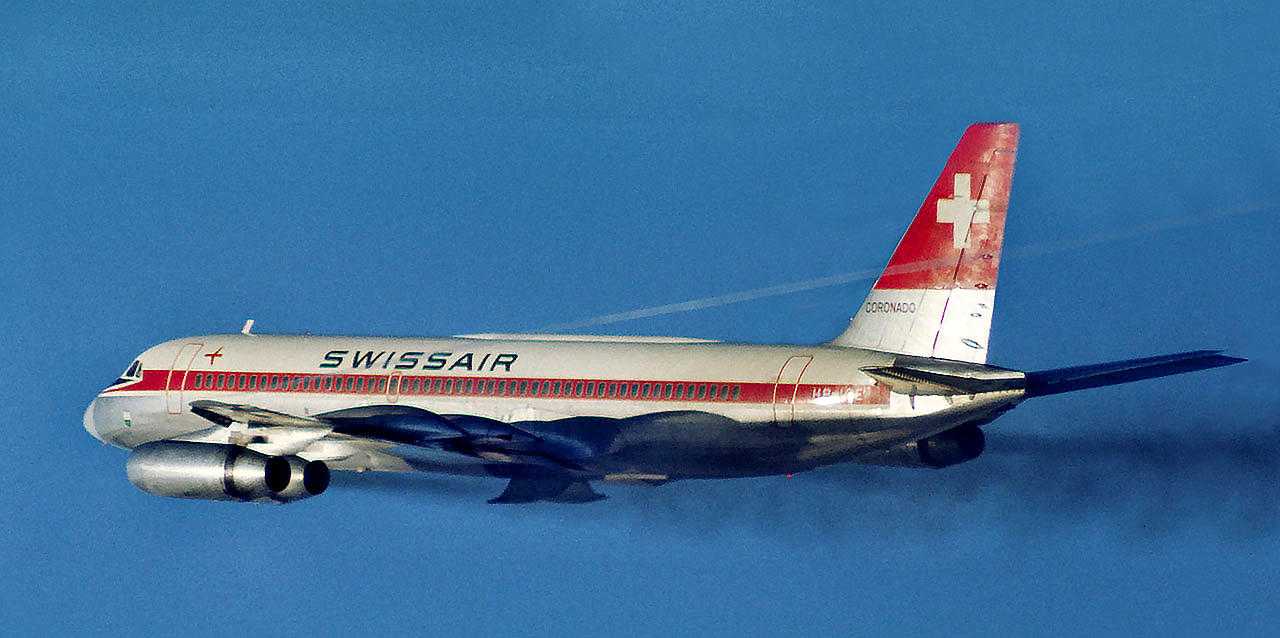Long Distance Travel Demand Simulation
Project details
Duration
04.2016-03.2019
Sponsor
external pageSNSFcall_made Swiss National Science Foundation
Staff
Professor K.W. Axhausen and M. Janzen
Summary
Travel demand generation has a very important role in transport modeling as it represents the part of a simulation that fills the system with life and allows to study the interaction between supply and demand on different analysis levels. Microscopic models have the advantage that travel demand can be generated in an intuitive way: People are modeled directly as agents and consequently, the level of adopted analysis can be on an individual level. Most current agent-based models for travel demand belong to the class of random utility models and use a utility maximization scheme to generate complete activity plans for each agent. Subsequently, these plans are then used in traffic flow simulations. The results from the traffic flow simulation include congestion patterns and time-of-day-dependent travel times. The basic logic behind the utility maximization procedure employed is to assume that agents' behavior is completely rational and globally optimal. As a result, these models can be used to compute the stochastic user equilibrium (SUE). One of the main examples for this approach is the Multi Agent Transport Simulation (MATSim). external pageRead morecall_made

